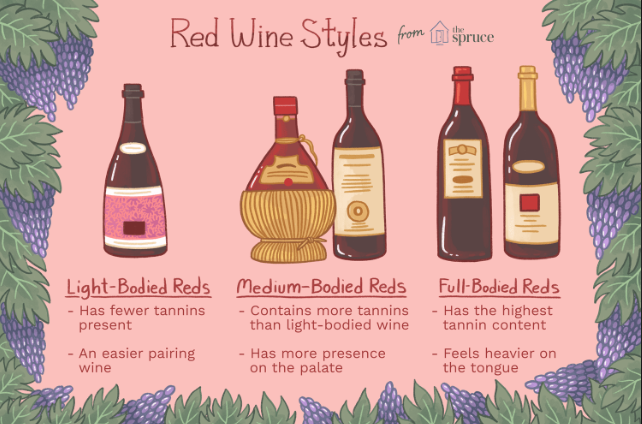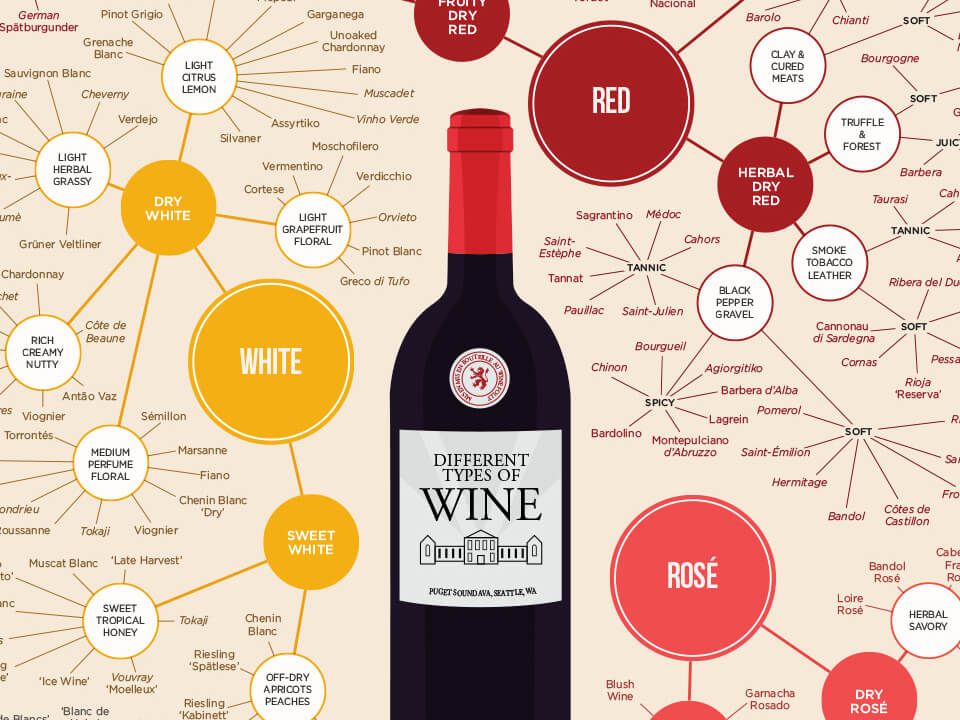Understanding the Differences in Red Wines: A Comprehensive Guide
Red wine is beloved by wine enthusiasts worldwide, and it comes in a variety of styles and flavors. In this comprehensive guide, we will explore the fascinating world of red wines and uncover the key differences among them. From light and fruity to bold and full-bodied, each red wine brings its unique characteristics to the glass. Join us as we delve into the nuances of red wines, including their grape varieties, production methods, and flavor profiles, to help you navigate and appreciate the diverse range of options available.

Full bodie red wine
I. Red Wine Grape Varieties
1. Cabernet Sauvignon: Known for its full-bodied nature and rich flavors, Cabernet Sauvignon grapes produce wines with pronounced tannins, dark fruit notes, and hints of spice.
2. Merlot: Merlot grapes yield wines that are generally medium-bodied with softer tannins, offering flavors of red fruits, plums, and herbal undertones.
II. Production Methods and Aging
1. Oak Aging: Red wines can be aged in oak barrels, which impart additional flavors and aromas such as vanilla, spice, and toasted notes. This aging process can enhance the complexity and structure of the wine.
2. Fermentation Techniques: Different fermentation techniques, such as carbonic maceration or extended maceration, can influence the style and characteristics of red wines. These methods affect the extraction of flavors, tannin levels, and overall mouthfeel.
III. Flavor Profiles and Regional Influences
1. Old World vs. New World: Red wines from Old World regions like France and Italy tend to exhibit earthy, mineral-driven flavors, while New World regions like California and Australia often showcase riper, fruit-forward profiles.
2. Regional Specificities: Each wine region has its unique terroir, climate, and grape-growing traditions, resulting in distinct flavor profiles. For example, Bordeaux wines often display blackcurrant and cedar notes, while Pinot Noir from Burgundy exhibits red fruit and floral nuances.
IV. Food Pairing and Serving Suggestions
1. Robust Reds with Grilled Meats: Full-bodied red wines like Cabernet Sauvignon or Syrah complement grilled steaks or lamb dishes, as their bold flavors can stand up to the richness of the meat.
2. Lighter Reds with Poultry or Fish: Medium-bodied red wines such as Pinot Noir or Grenache pair well with poultry, salmon, or tuna, offering a balance of flavors without overpowering the delicate proteins.

The different types of wine
Exploring the world of red wines unveils a vast array of flavors, styles, and regional influences. From the bold and structured Cabernet Sauvignon to the elegant and versatile Pinot Noir, each red wine brings its unique personality to the table. By understanding the differences in grape varieties, production methods, and flavor profiles, you can better appreciate the complexities of red wines and make informed choices when selecting and enjoying them. So, raise a glass, savor the nuances, and embark on a journey to discover the captivating world of red wines.